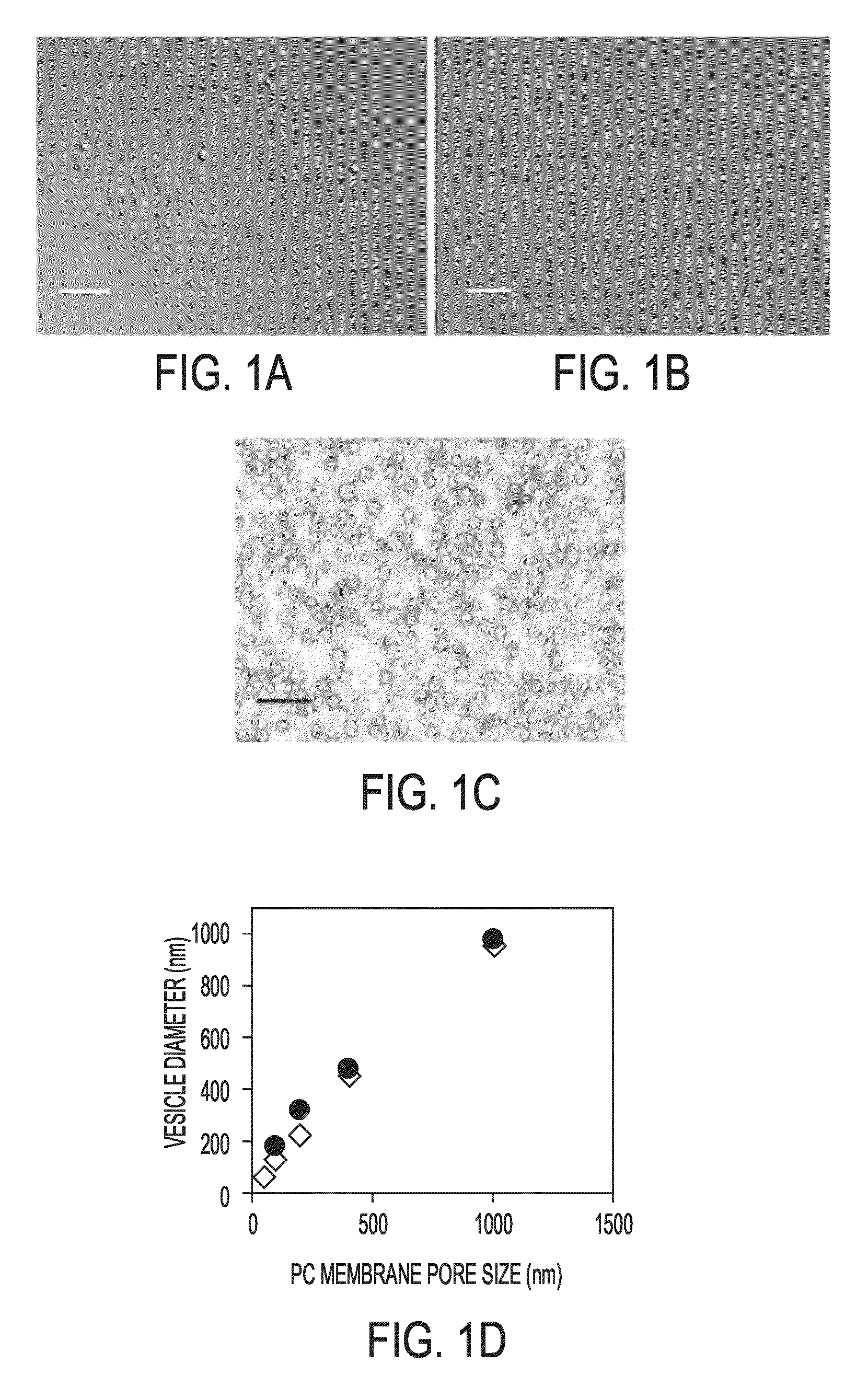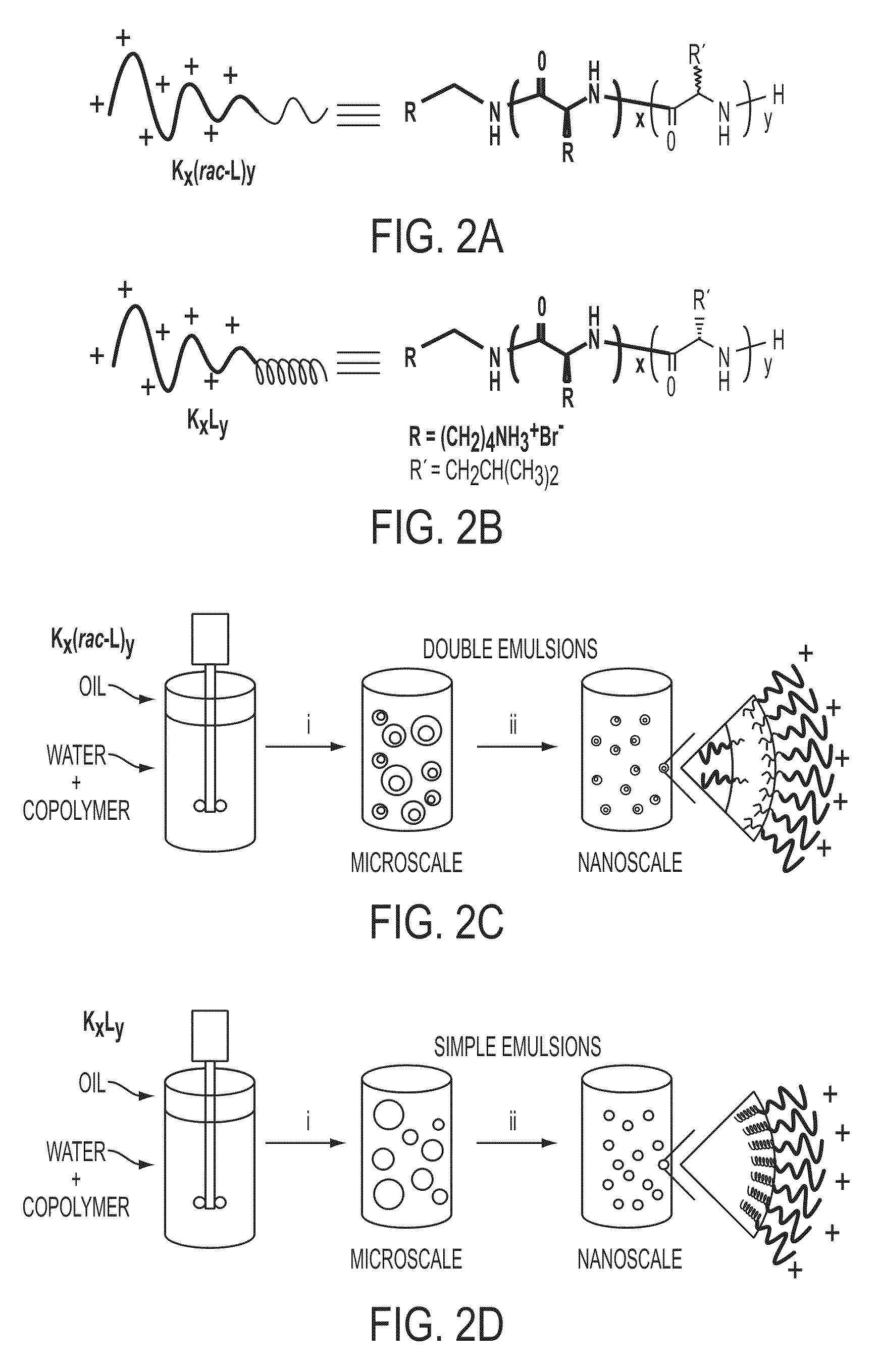Copolymer-stabilized emulsions
a technology of copolymer and emulsion, applied in the direction of magnetic materials, powder delivery, immobilised enzymes, etc., can solve the problems of fractionation necessarily slowing down the process, significantly more complex topological complexity, and significant difficulty in coordinating flow
- Summary
- Abstract
- Description
- Claims
- Application Information
AI Technical Summary
Benefits of technology
Problems solved by technology
Method used
Image
Examples
Embodiment Construction
[0036]Emulsions are dispersions of droplets of one liquid phase material in another immiscible liquid phase material that can be formed, typically through flow-induced rupturing of bigger droplets into smaller ones. A surfactant, which consists of amphiphilic molecules which are surface-active, which is soluble in at least one liquid phase, and which prefers adsorbing on the interfaces between the two immiscible liquids, is usually added in order to prevent subsequent droplet coalescence (i.e. fusion) and to keep the size distribution of the droplets from changing over time. Simple emulsions are generally classified as oil-in-water (i.e. O / W or “direct”) and water-in-oil (i.e. W / O or “inverse”), and these different morphologies can be obtained by using an appropriate surfactant that provides adequate stability and can sometimes be influenced through the order of addition of the components while shearing.
[0037]The following prefixes: racemic-, r, r-, and rac-, and similar common pref...
PUM
| Property | Measurement | Unit |
|---|---|---|
| diameter | aaaaa | aaaaa |
| diameter | aaaaa | aaaaa |
| diameter | aaaaa | aaaaa |
Abstract
Description
Claims
Application Information
 Login to View More
Login to View More - R&D
- Intellectual Property
- Life Sciences
- Materials
- Tech Scout
- Unparalleled Data Quality
- Higher Quality Content
- 60% Fewer Hallucinations
Browse by: Latest US Patents, China's latest patents, Technical Efficacy Thesaurus, Application Domain, Technology Topic, Popular Technical Reports.
© 2025 PatSnap. All rights reserved.Legal|Privacy policy|Modern Slavery Act Transparency Statement|Sitemap|About US| Contact US: help@patsnap.com



